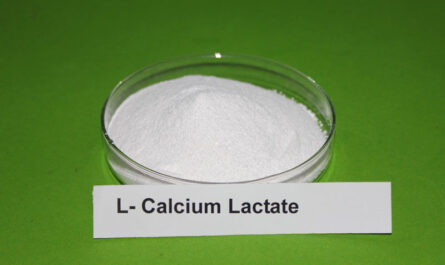
HIT involves the administration of medications or nutrients directly into a patient’s bloodstream through an intravenous (IV) line or other access device. This takes place in the comfort of the patient’s own home, under the supervision of a trained healthcare professional. Common conditions treated with home infusion therapy include infections that require IV antibiotics, dehydration, gastrointestinal disorders, cancer, and chronic pain.
How Home Infusion Therapy Works
At home intravenous therapy aims to provide clinically complex medical care in a non-hospital setting. The main steps involved are:
1. Evaluation and Prescription: A healthcare provider evaluates the patient’s condition and needs. If home infusion is deemed suitable, a customized treatment plan is prescribed.
2. Pharmacy Prep: The medication is prepared and quality checked under sterile conditions by a speciality pharmacy. Nutritional formulas may also be prepared.
3. Training and Education: Nurses train the patient/caregivers on how to safely administer and manage the infusion therapy at home. This involves education on sterile techniques, catheter care, pump operation, and more.
4. Treatment Administration: A visiting nurse administers the initial treatment in the home and ensures proper placement of IV access. The patient or caregiver is then able to manage ongoing therapy under supervision.
5. Monitoring: Nurses conduct regular monitoring visits to the home to assess efficacy, manage any side effects, and ensure the home environment remains suitable for treatment.
Benefits of Home Infusion Therapy
Some key advantages of receiving complex medical care like IV therapy at home include:
– Increased comfort and convenience: Patients avoid hospital stays and can recuperate in the comfort of their home surrounded by family. This minimizes disruptions to daily life.
– Improved quality of life: Being at home allows greater mobility, interaction with loved ones, and independence during treatment. This boosts mental wellbeing.
– Cost savings: Home infusion often costs less than equivalent inpatient or outpatient hospital care since room/board expenses are avoided. This can lower overall healthcare costs.
– Prevention of infections: The risk of hospital-acquired infections is reduced when treatment moves from facility-based settings to the home.
– Continuity of care: Therapy can continue uninterrupted as outpatient hospital visits are replaced by nursing support delivered to the home. This ensures consistent treatment.
Types of Home Infusion Therapies
Some common types of home infusion therapy administered in the home setting include:
– Antibiotic therapy: Long-term IV antibiotics are often prescribed for serious infections resistant to oral medications. This includes treating bone/joint infections, endocarditis, and more.
– Chemotherapy: Certain anticancer drug regimens can be safely delivered via an infusion pump at home instead of only in medical facilities. This enhances treatment convenience.
– Hydration therapy: IV fluids are used to correct or prevent dehydration from gastrointestinal illnesses, fever, vomiting/diarrhea, or inability to consume enough fluids orally.
– Parenteral nutrition: For patients unable to eat sufficiently or absorb adequate nutrients enterally, total parenteral nutrition provides complete nutrition via an IV line.
– Pain management: Potent analgesics are commonly given through an epidural or intrathecal catheter for severe acute or chronic pain control at home instead of just in hospitals or clinics.
– Immunoglobulin therapy: Patients with immune deficiencies routinely self-administer IV immune globulin preparations at extended intervals as maintenance therapy to prevent infections.
Benefits of Home Infusion for Specific Conditions
In addition to the general advantages listed earlier, home infusion therapy brings added value for certain conditions:
Cancer: Receiving chemotherapy or other oncology treatments at home allows patients to avoid many trips to outpatient infusion centers. This minimizes travel efforts and time away from home/family during a difficult illness.
Chronic diseases: Conditions like congestive heart failure, Crohn’s disease, or renal failure necessitating long-term IV medications are better managed at home. This enhances convenience and quality of life for patients with lifelong therapies.
Immune deficiencies: Routine immunoglobulin therapy administered at home prevents interruptions to maintenance treatment schedules for patients prone to serious infections otherwise. Consistency is important for this vulnerable group.
End-of-life care: Home infusion enables terminally ill patients to spend their final days peacefully at home instead of in medical facilities. This respects patient preferences and eases the emotional/logistical burden on families.
In summary, home infusion therapy delivers complex medical treatments normally reserved for hospitals or healthcare facilities to the comfort of a patient’s own home. By minimizing disruptions and allowing independence, this option enhances quality of life while also offering financial benefits for payers.
*Note:
- Source: Coherent Market Insights, Public sources, Desk research
- We have leveraged AI tools to mine information and compile it


